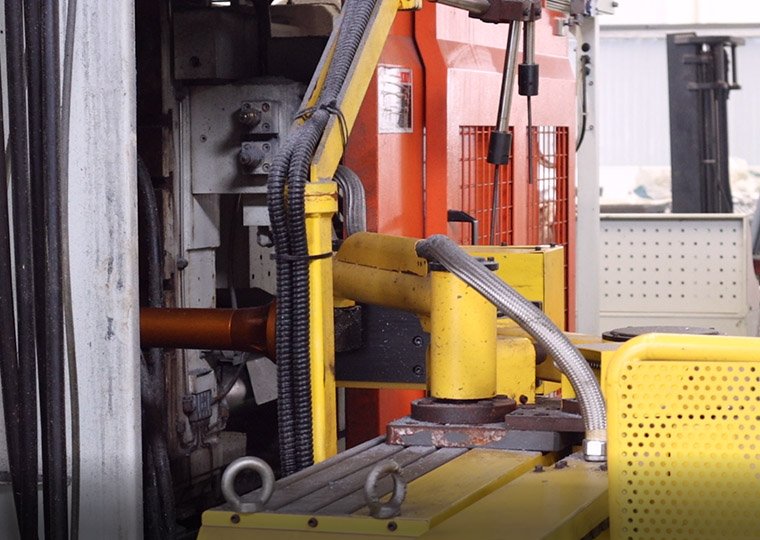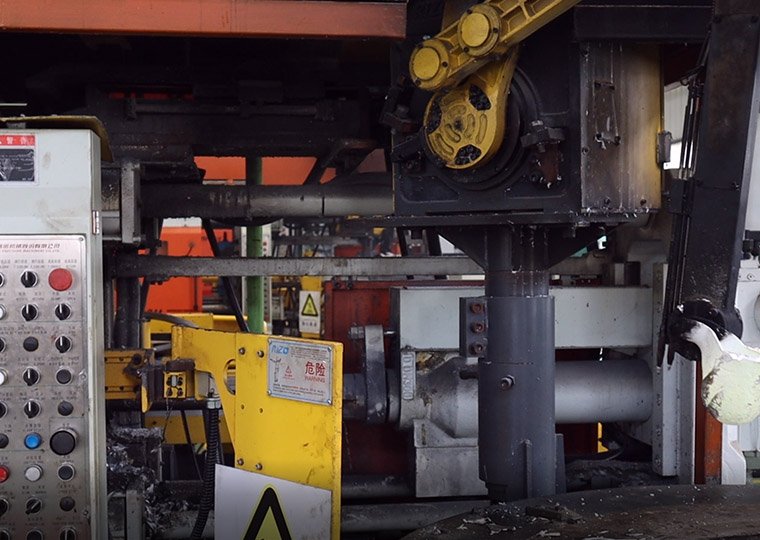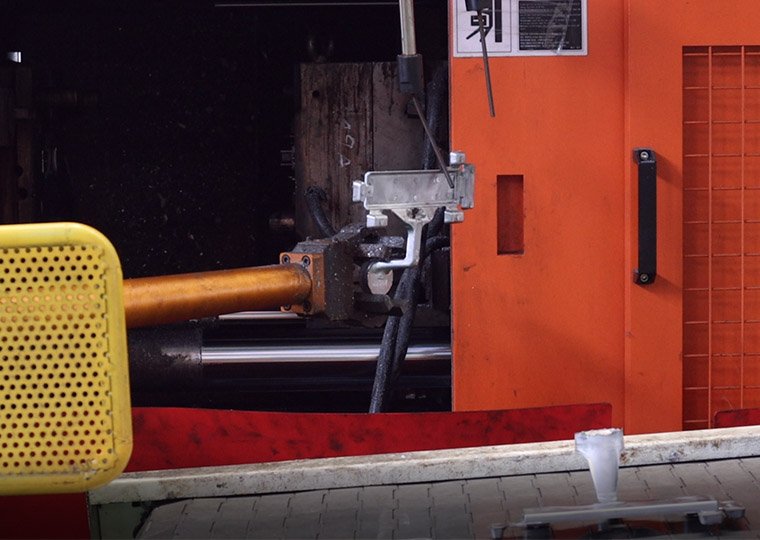Like any typical die casting process, aluminum die casting also involves the pouring of liquid aluminum into a mold called dies and allowing it to solidify into the desired shape. The die casting dies are made of at least two halves to permit the removal of castings. The shape of the dies influences the very complex shapes and intricate features in the casting. This is more or less the crux of any casting technique.

The aluminum die casting process can be broken down into the following 9 steps:
1. Ingots of aluminum alloys are exposed to high temperatures until they melt.
2. The two die halves are cleaned and lubricated before clamping them together.
3. The mold for the cast is prepared using two steel dies machined into the desired shape and clamped together by a die casting press.

4. The molten aluminum is then injected into the cavity at high pressures, allowing it to solidify.
5. The process of transferring the molten metal into a chamber before injection depends upon whether a cold chamber or hot chamber die casting machine is used.
6. The cold chamber die casting machines are used for casting alloys with high melting points such as aluminum, magnesium, etc. Therefore, aluminum die casting is done using a cold chamber machine in which the molten metal is ladled into the casting instead of being pumped by hydraulic cylinders.

7. The hot casting is allowed to cool down and solidify. The molten metal fills the die cavity to take up the desired shape of the die design.
8. The two die halves are separated and the casting is ejected.

9. Finally, the excess material attached to the aluminum casting is trimmed via secondary operations such as sawing, cutting, etc.

